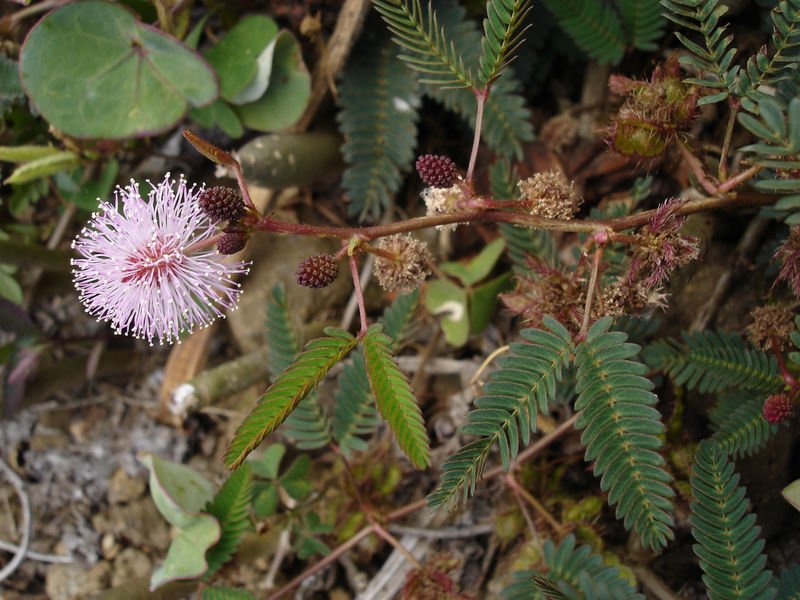|
Glyphs with a 'fist' up in front could indicat 'nothing as yet counted' and Metoro told Bishop Jaussen to 'count!' (hia) at Aa7-71. By assuming the text on side a of the A tablet was constructed to begin with the Sun at OCTOBER 1 (and the full Moon ideally at APRIL 1, 91 = 274 - 183), we can count accordingly:
It could be something else than a fist, perhaps an egg, perhaps a nut or seed. What is interesting is the function of this sign, which I have chosen (inspired e.g. by the words of Metoro) to name mau:
And then it is fairly obvious that it should also be a signal of closing up a previous period. ... The Sensitive plant (Mimosa pudica L.) is a creeping annual or perennial herb often grown for its curiosity value: the compound leaves fold inward and droop when touched, re-opening within minutes. Mimosa pudica is native to Brazil, but is now a pantropical weed. Other names given to this curious plant are Humble plant, TickleMe plant, Shame plant, Sleeping Grass, Prayer plant, Touch-me-not, Makahiya (Philippines, meaning 'shy'), Mori Vivi (West Indies), mate-loi (false death) (Tonga) ... In the evening the leaflets will fold together and the whole leaf droops downward. It then re-opens at sunrise ... In the calendar of the month in Keiti we find a fist in Ea2-6, where waxing moon changes into waning. The phase of waxing moon is here closed like a fist. In the calendar of the year in Keiti we find the same kind of glyph in the 13th period (Eb4-19), preceded by a fully grown person. This is also the case in the 18th (Eb5-8). Perhaps even in the 6th period (Eb3-10 and Eb3-12). This pattern fits fairly well with the cardinal points of the year. This subject has already been discussed in analyzing Sb2-8.
|
|||||||||||||||||||||||||||||||||||



